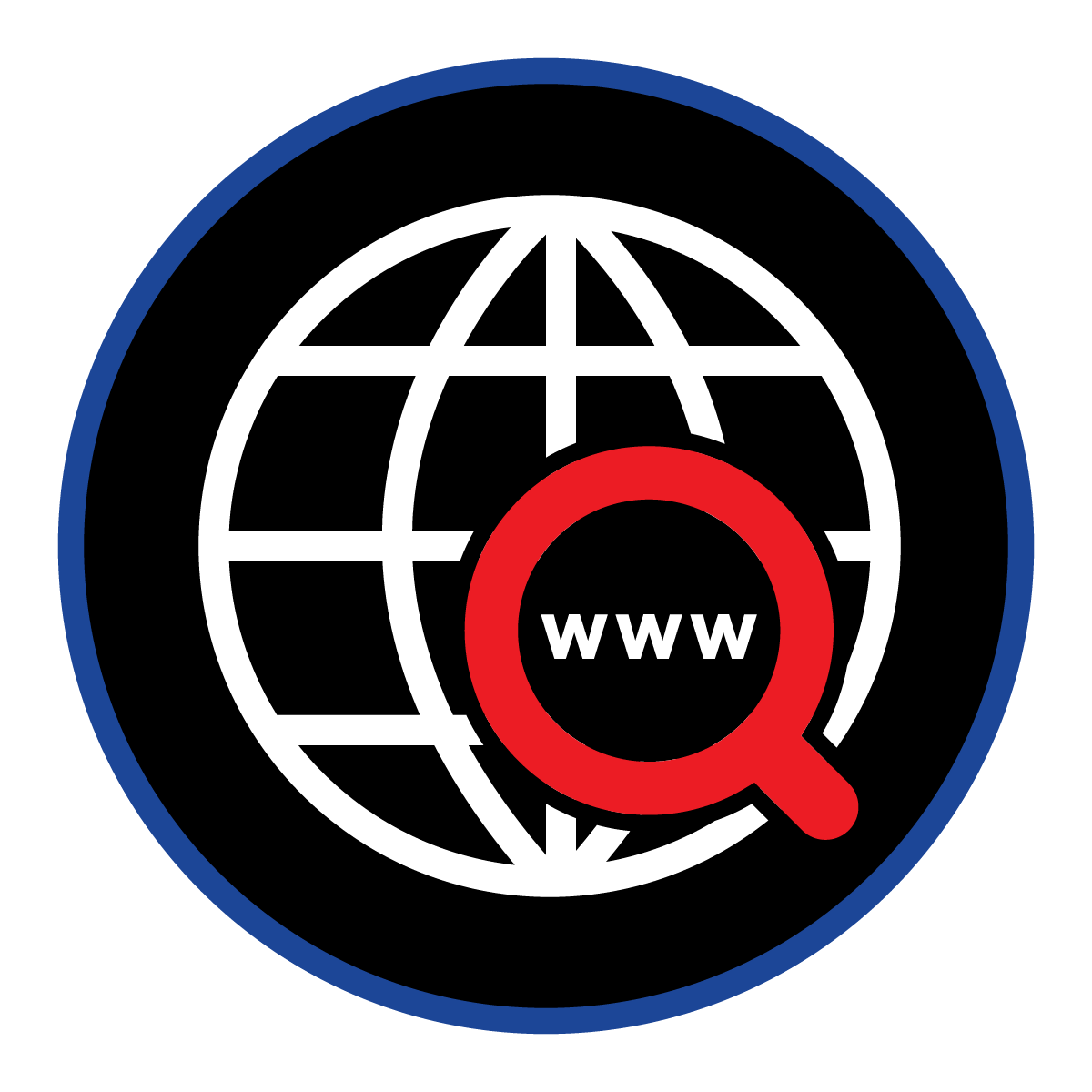
Application Security
Security Ratings
Web Application Hijack Susceptibility Score
Domain Intelligence Investigation Module
Across Security Ratings Providers, Cyber Risk Management, Third Party Risk Management, Vendor Risk Management, Cybersecurity Risk Assessment, and Cyber Risk Quantification, Application Security as a scoring category generally reflects the security posture and potential vulnerabilities of an organization's web and mobile applications. This encompasses the measures taken to prevent, detect, and remediate security weaknesses in these applications that attackers could exploit.
Here's a more detailed view of what this category typically implies:
Security Ratings Providers: These platforms assess externally visible security aspects of an organization. Their Application Security score likely considers factors such as known vulnerabilities in web applications, the security configuration of web servers (e.g., security headers), the exposure of sensitive information through web applications, and potentially, the history of application-related security incidents. For mobile applications, they might assess the presence of known vulnerabilities, exposed credentials, or risky permissions.
Cyber Risk Management: Within a broader cyber risk management program, the Application Security score is crucial in understanding the overall risk landscape. Applications are often direct interfaces with customers, partners, and internal users, making them prime attack targets. A low Application Security score highlights a significant area of potential risk.
Third Party Risk Management (TPRM) and Vendor Risk Management (VRM): When evaluating third parties or vendors, their Application Security posture is vital, especially if they provide or interact with applications used by the primary organization. Vulnerabilities in a vendor's applications can introduce risks like data breaches or supply chain attacks. The Application Security score helps gauge this risk.
Cybersecurity Risk Assessment: Application Security is a key domain in a risk assessment. This involves identifying vulnerabilities in web and mobile applications through various testing methods (e.g., penetration testing, static/dynamic code analysis), assessing the likelihood and impact of potential exploits, and assigning a risk score.
Cyber Risk Quantification: This discipline assigns financial values to cyber risks. The Application Security score, combined with data on the frequency and severity of application-layer attacks and the potential impact of a breach, helps quantify the possible financial losses associated with weak application security.
In summary, the Application Security scoring category indicates the level of security built into and around an organization's web and mobile applications. A higher score suggests a more robust security posture and a lower likelihood of successful application-based attacks.
How ThreatNG Enhances Application Security Risk Management
ThreatNG's comprehensive external attack surface management capabilities provide valuable insights for managing risks associated with Application Security. While ThreatNG's primary focus is external, its Web Application Hijack Susceptibility and Mobile App Exposure Security Ratings Scores and supporting Domain Intelligence modules offer a strong foundation for understanding and addressing application security risks from an outside-in perspective.
Here's how specific modules and capabilities contribute to a more meaningful and comprehensive roadmap for managing application security findings:
1. Web Application Hijack Susceptibility Score:
This score, substantiated by external attack surface and digital risk intelligence, including Domain Intelligence, analyzes externally accessible parts of web applications to identify potential entry points for attackers. It includes aspects that could lead to hijacking, such as insecure configurations or exposed functionalities.
This score directly evaluates an organization's mobile application's external exposure by discovering it in marketplaces and analyzing its content for exposed Access Credentials, Security Credentials, and Platform-Specific Identifiers. This provides a direct measure of potential vulnerabilities within the mobile application ecosystem.
Subdomain Intelligence: Analyzing HTTP Responses, Header Analysis (Security Headers and Deprecated Headers), and Server Headers (Technologies) of subdomains can reveal security misconfigurations or the use of outdated and vulnerable software versions. Weak or missing security headers (like Content Security Policy, HTTP Strict Transport Security) can increase the Web Application Hijack Susceptibility.
Example: If ThreatNG's Subdomain Intelligence identifies a subdomain serving a web application with missing HSTS headers, it would flag this as a vulnerability that could be exploited through man-in-the-middle attacks. This would negatively impact the Web Application Hijack Susceptibility score, and the platform would recommend implementing HSTS.
Content Identification: Identifying publicly accessible Admin Pages, APIs, and Development Environments can highlight significant attack vectors. Exposed admin panels are prime targets for brute-force attacks, while unprotected APIs can lead to data breaches or unauthorized access. Publicly accessible development environments might contain sensitive configuration details or debugging tools.
Example: If ThreatNG discovers a publicly accessible "/admin" login page without proper access controls, it would significantly increase the Web Application Hijack Susceptibility score. The platform would recommend restricting access to this page via IP whitelisting or requiring strong multi-factor authentication. Similarly, discovering unprotected SwaggerHub instances (under Domain Overview) could reveal API endpoints and parameters that attackers could probe for vulnerabilities.
Known Vulnerabilities: While part of the broader external attack surface assessment, identifying known vulnerabilities associated with the technologies used by web applications (identified in Server Headers or through other means) directly impacts application security.
Example: If ThreatNG identifies a web server running an outdated version of a web server software with publicly known vulnerabilities, this would negatively affect the Web Application Hijack Susceptibility score. The platform would recommend updating the software to the latest secure version.
Ports: Exposed ports related to databases or remote access services (like SSH, RDP) on web servers can also indicate potential weaknesses that could be exploited to compromise the underlying infrastructure supporting the web application.
Example: If ThreatNG detects an exposed and publicly accessible database port, it would raise a critical security concern related to the application's backend and impact the overall cyber risk exposure, including application security. The recommendation would be to restrict access to these ports.
While not directly tied to the Web Application Hijack Susceptibility score, discovering Access Credentials, Security Credentials, and Database Exposures within public code repositories related to web or mobile applications can have severe implications for application security. Exposed API keys or database passwords can lead to unauthorized access and data breaches.
Example: If ThreatNG's Code Repository Exposure module finds hardcoded API keys for a cloud service used by a mobile application, it would highlight this as a critical risk that could lead to data leaks or service disruption. This finding would directly inform the mobile application's risk assessment.
5. Mobile Application Discovery:
The ability to discover mobile apps and analyze their contents for embedded secrets provides direct insights into the security posture of these applications. The presence of exposed credentials or sensitive identifiers within the app package is a significant security vulnerability.
Example: If ThreatNG's Mobile Application Discovery finds an exposed AWS Secret Access Key within a discovered mobile app, it would flag this as a high-severity risk, as it could allow unauthorized access to the organization's cloud resources.
ThreatNG's Holistic Approach and Roadmap:
By integrating these external intelligence sources, ThreatNG enables a comprehensive approach to managing application security risks:
Prioritization: The Web Application Hijack Susceptibility and Mobile App Exposure scores initially indicate risk levels, allowing organizations to focus on the most critical areas.
Understanding (Reasoning): The Knowledgebase provides context and reasoning behind findings, explaining why a missing security header or an exposed admin page is a significant risk.
Actionable Recommendations: ThreatNG offers practical advice on mitigating identified risks, such as implementing specific security headers, restricting access to sensitive pages, or updating vulnerable software.
Continuous Monitoring: ThreatNG ensures that new vulnerabilities or exposures in web and mobile applications are detected promptly.
Collaboration and Management: The platform's collaboration features facilitate communication and remediation efforts across different teams.
Policy Management: Customizable risk configuration allows organizations to tailor the Application Security scoring to their specific risk appetite and security policies.
While ThreatNG provides an external view, its focus on web application attack surfaces and mobile app exposures, combined with the rich intelligence from its Domain Intelligence and Sensitive Code Exposure modules, delivers a valuable and actionable roadmap for managing application security risks. It allows organizations to identify and address potential weaknesses before attackers exploit them.




